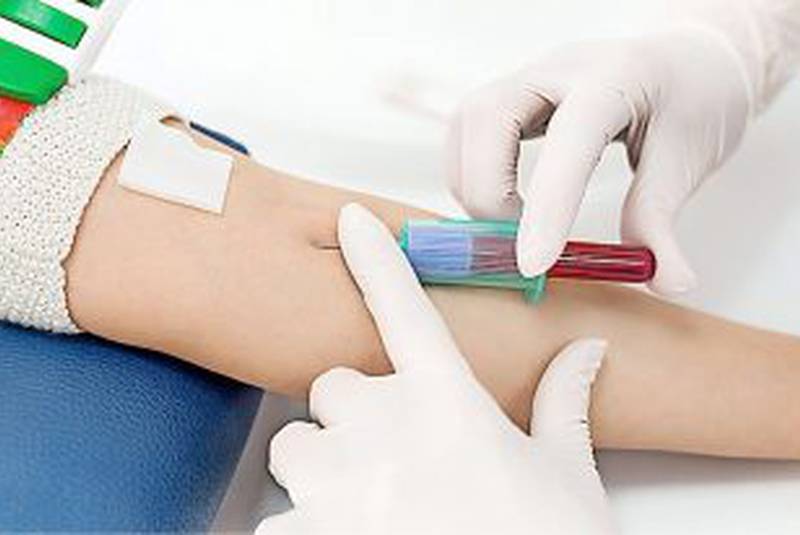What Is Phlebotomy? A Clear Guide to This Essential medical Practice
If you’ve ever donated blood, had blood tests, or visited a healthcare facility for laboratory work, you’ve likely encountered a phlebotomist. But what exactly is phlebotomy, and why is it such a critical component of modern medicine? in this extensive guide, we’ll explore the ins and outs of phlebotomy, its techniques, benefits, and practical insights to demystify this vital medical practice.
Introduction to Phlebotomy
Phlebotomy is the medical procedure involving the withdrawal of blood from a patient’s vein for diagnostic, therapeutic, or donation purposes. The professionals trained to perform this task are called phlebotomists. Although often associated with blood collection, phlebotomy is a broad field that plays a essential role in medical diagnostics, research, and patient care.
What Is Phlebotomy? Definition and Overview
At its core, phlebotomy is derived from the Greek words phlebo (vein) and tomy (cutting). While traditionally associated with cutting into veins, modern phlebotomy mainly involves inserting a needle into a vein to draw blood safely and minimally invasively.It’s a specialized skill that requires training to ensure patient safety, comfort, and specimen quality.
Primary Purposes of Phlebotomy
- Diagnostic testing: Blood samples are essential for diagnosing diseases, infections, and health conditions.
- Blood donation: Collecting blood for transfusions and medical treatments.
- Treatment: Therapeutic phlebotomy is used to treat conditions like hemochromatosis (excess iron) or polycythemia vera (overproduction of blood cells).
- Research: Blood samples are vital in medical research and clinical trials.
Techniques and Procedures in Phlebotomy
Common Phlebotomy Methods
understanding the different techniques helps appreciate how specialized and careful phlebotomy needs to be:
- Venipuncture: The most common method, involving inserting a needle into a vein (usually in the arm).
- Fingerstick or Capillary Collection: Using a lancet to prick the finger for small blood samples, often used in glucose testing.
- Arterial Blood Collection: Drawn from an artery, used mainly in blood gas analysis, requiring advanced skills.
Step-by-Step Overview of Venipuncture
- Readiness: Verify patient identity and explain the procedure.
- Gather equipment: Needles, tourniquet, collection tubes, alcohol swabs, etc.
- Select site: Usually the antecubital fossa (inside of the elbow).
- Apply tourniquet: To enlarge veins.
- Disinfect site: Using alcohol swab.
- Insert needle: At proper angle, watch for blood flow.
- Fill tubes: Collect required blood samples.
- Withdraw needle: Carefully remove and apply pressure.
- Label samples: Clearly and accurately.
- Post-procedure care: Apply pressure and advise patient.
Benefits of Phlebotomy in Healthcare
Phlebotomy is integral to healthcare, offering numerous benefits:
- Accurate diagnosis: Reliable blood tests lead to precise diagnoses.
- Early detection: Blood tests can identify diseases early, improving outcomes.
- Effective treatments: Monitoring blood levels helps adjust treatments effectively.
- Blood supply for transfusion: Ensures a steady and safe blood supply.
- Minimally invasive: Safe and manageable for most patients.
Practical Tips for Patients and aspiring Phlebotomists
For Patients
- Stay hydrated: Drink water before yoru blood draw to make veins more accessible.
- Communicate: Inform the phlebotomist if you feel anxious or have a history of fainting.
- Relax: Deep breathing can reduce discomfort and stress.
For Future Phlebotomists
- Get trained: Enroll in certified phlebotomy training programs.
- Practice skills: Gain hands-on experience under supervision.
- Prioritize safety: Follow global precautions and infection control measures.
- Develop good bedside manner: Be patient and gentle with patients.
Case Studies and Real-Life Experiences
Case Study 1: Early Diagnosis Saves a Life
A 45-year-old man visiting his doctor for fatigue was diagnosed with anemia through routine blood tests. The timely blood draw and analysis enabled prompt treatment, vastly improving his prognosis. This case highlights how accurate phlebotomy services are lifesaving tools in everyday healthcare.
Case Study 2: Blood Donation Drives
A community organizing blood donation drives collected thousands of units that saved countless lives. Effective phlebotomy procedures, with trained staff, ensured safe and accomplished donations.
First-Hand Experience: Inside the Life of a Phlebotomist
As a trained phlebotomist, I’ve experienced both the challenge and reward of helping patients.Building rapport, minimizing discomfort, and ensuring sample accuracy are at the heart of this profession. It’s a job that requires patience, precision, and compassion, but the positive impact on patients makes it truly fulfilling.
Content Table: Rapid Facts About Phlebotomy
| Aspect | details |
|---|---|
| Typical Training Time | 4-12 weeks |
| Common Instruments | Needles, tourniquet, collection tubes |
| Primary Site | veins in the arm (antecubital fossa) |
| Field Benefits | Diagnostics, transfusions, research |
Conclusion: The Vital Role of Phlebotomy in Modern Medicine
From diagnosing illnesses to ensuring a safe blood supply, phlebotomy is a cornerstone of contemporary healthcare. Its practitioners combine technical skill with compassion to perform a procedure that, although simple in execution, has profound implications for patient health. Whether you’re considering a career in this field or need a blood draw, understanding the importance of phlebotomy fosters greater gratitude and trust in this essential medical practice. remember, every blood sample collected with care and precision contributes to better health outcomes worldwide.
